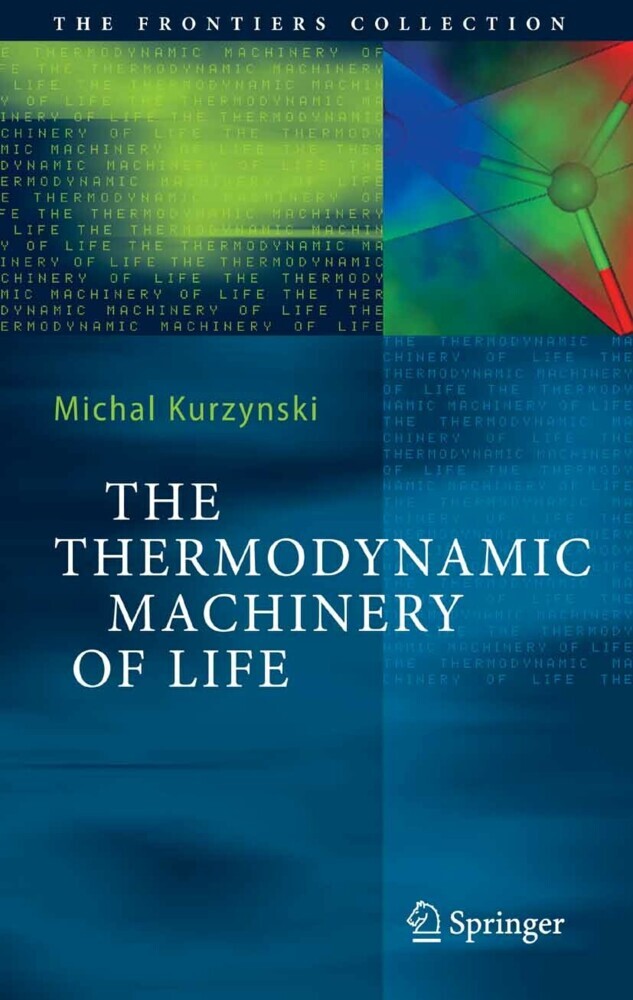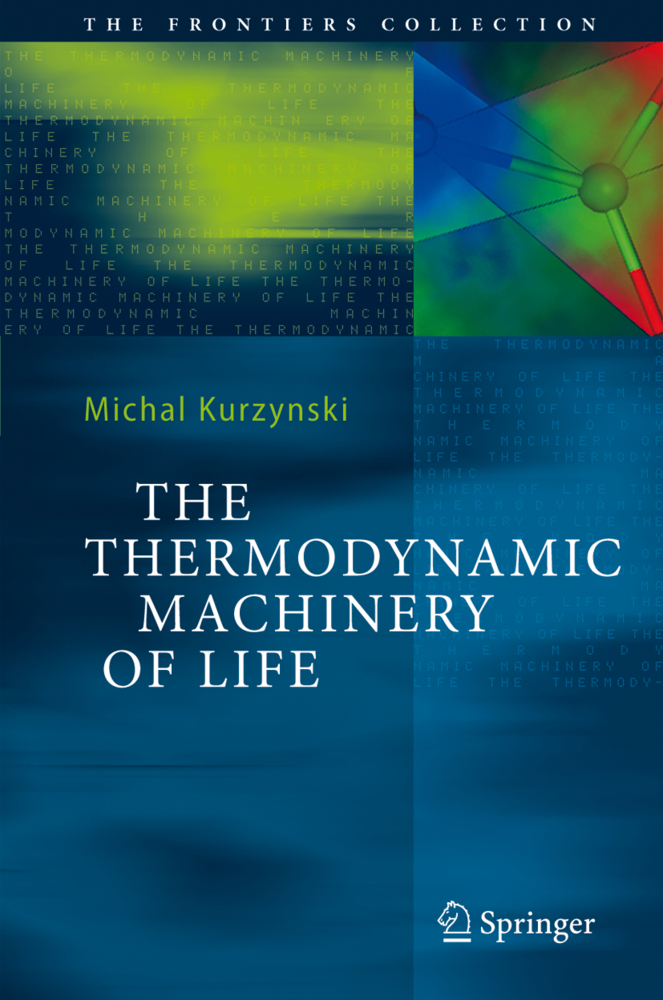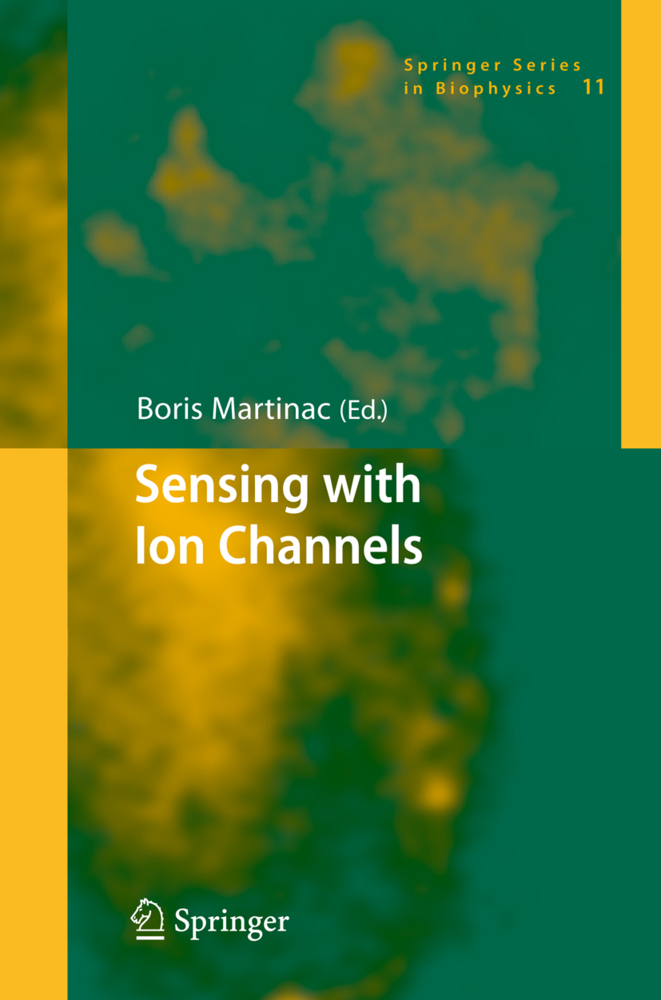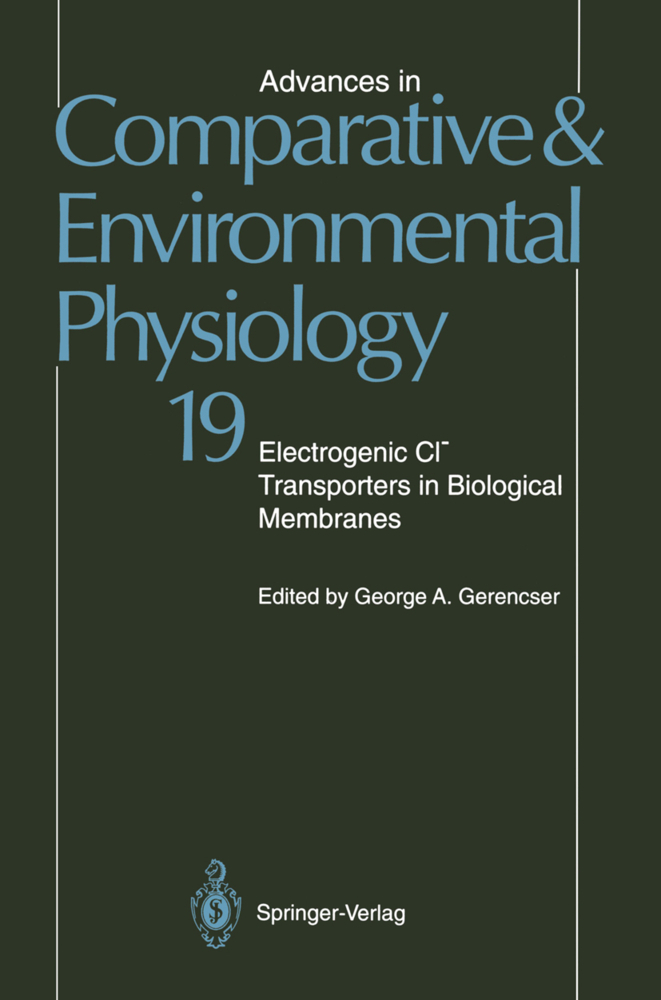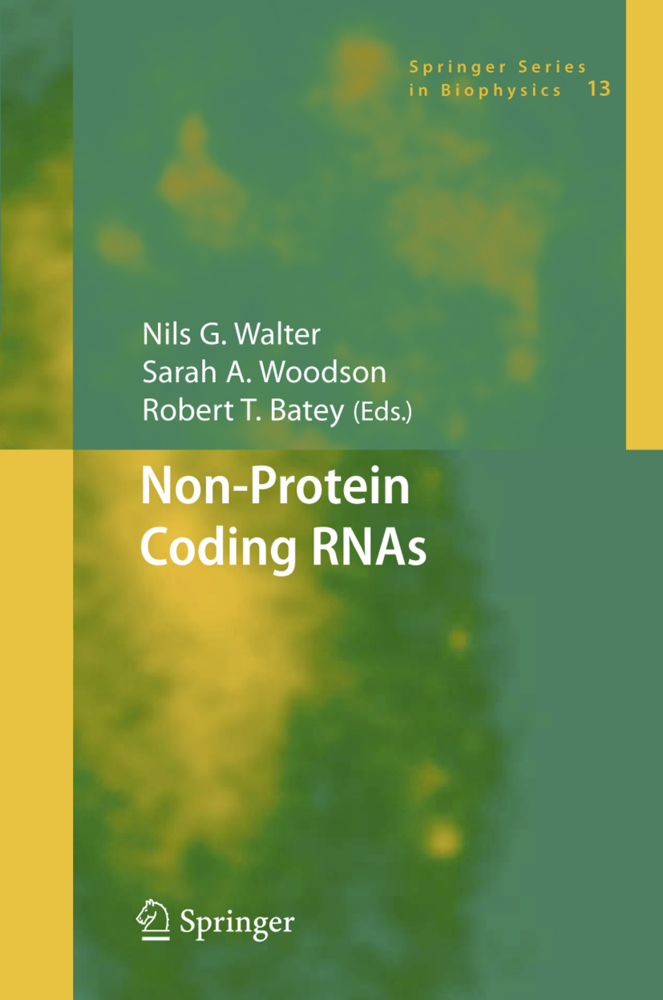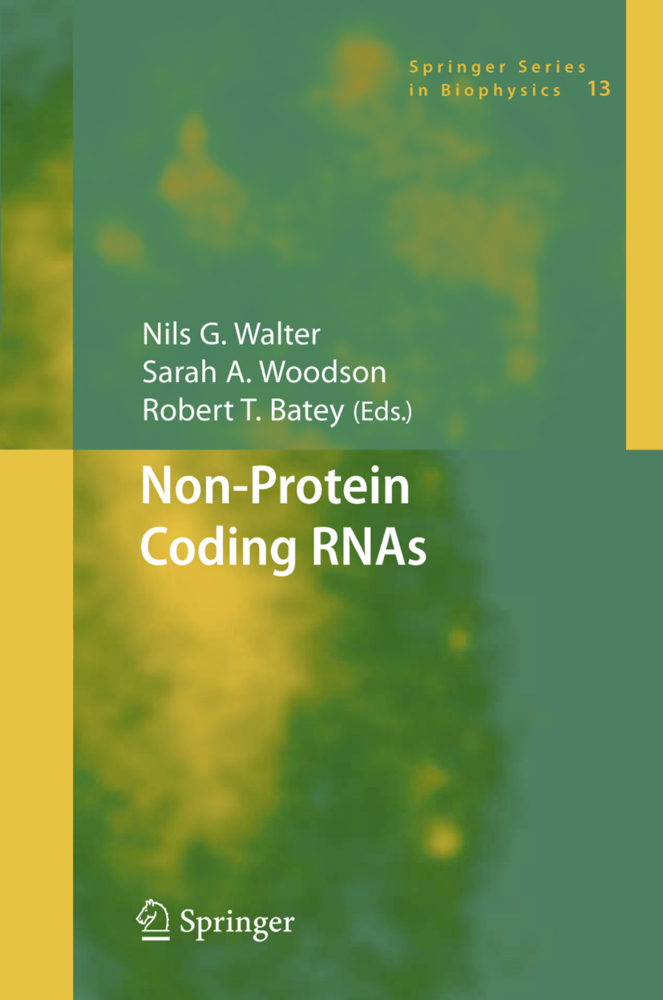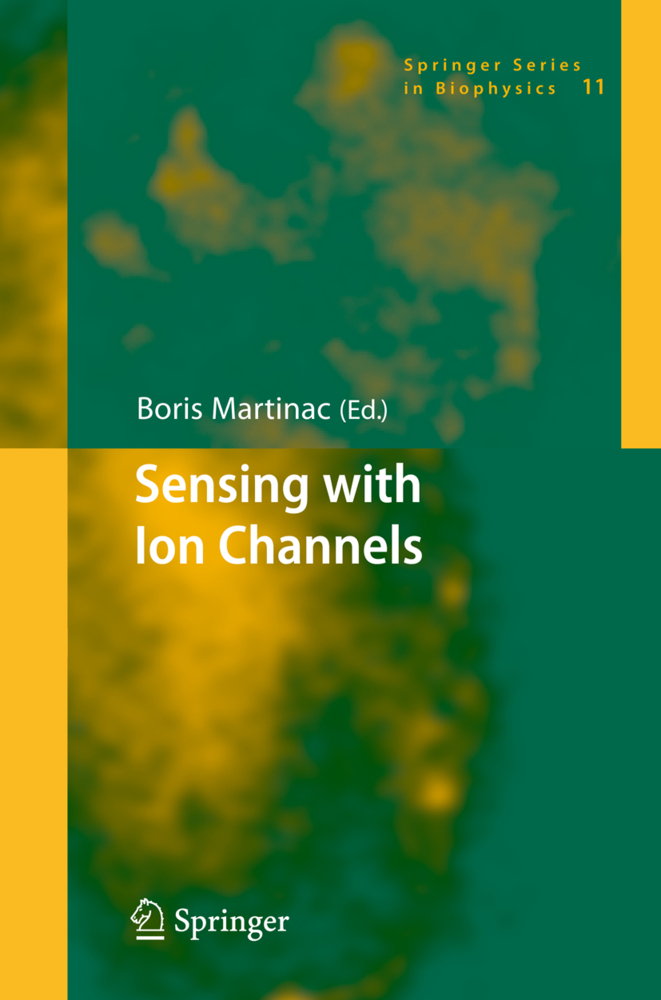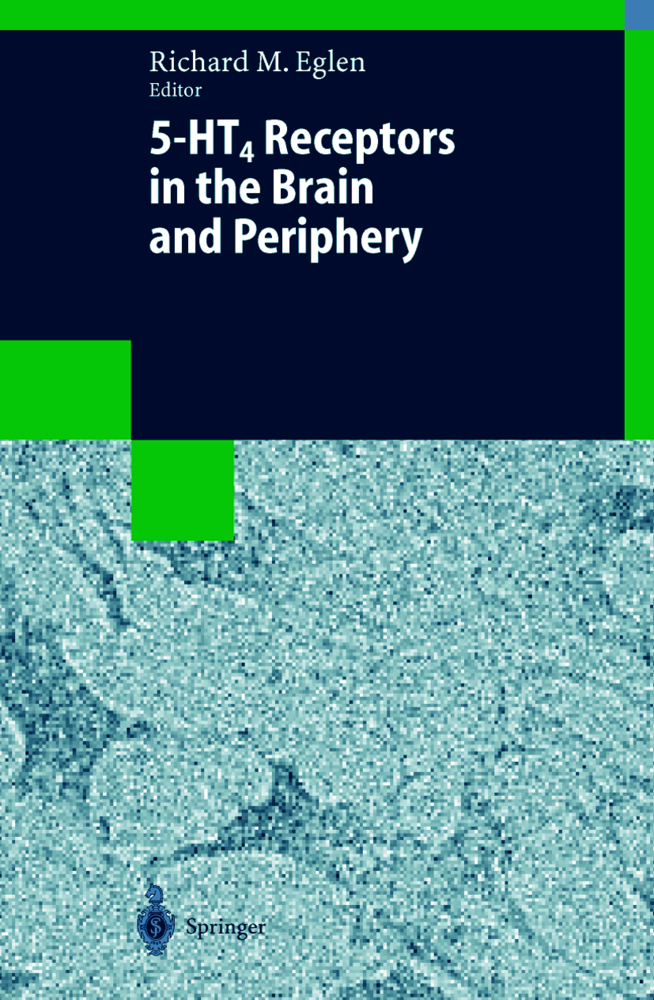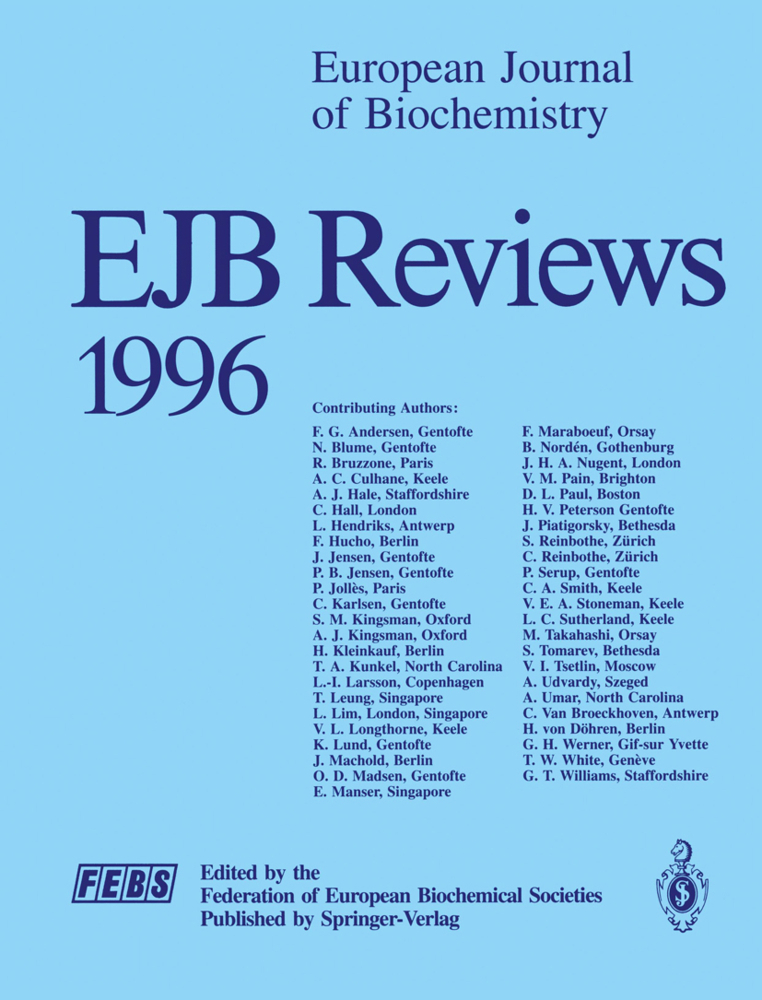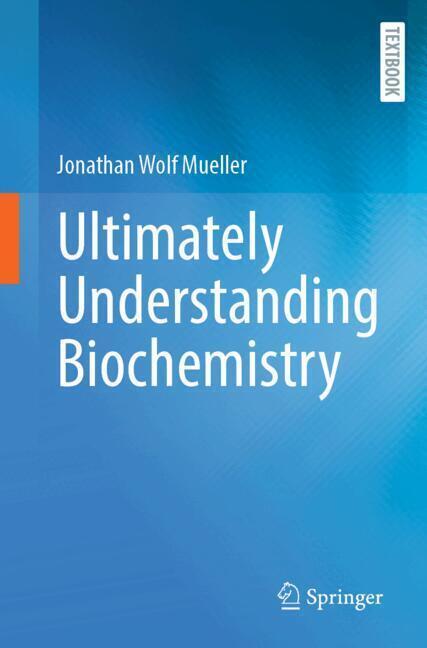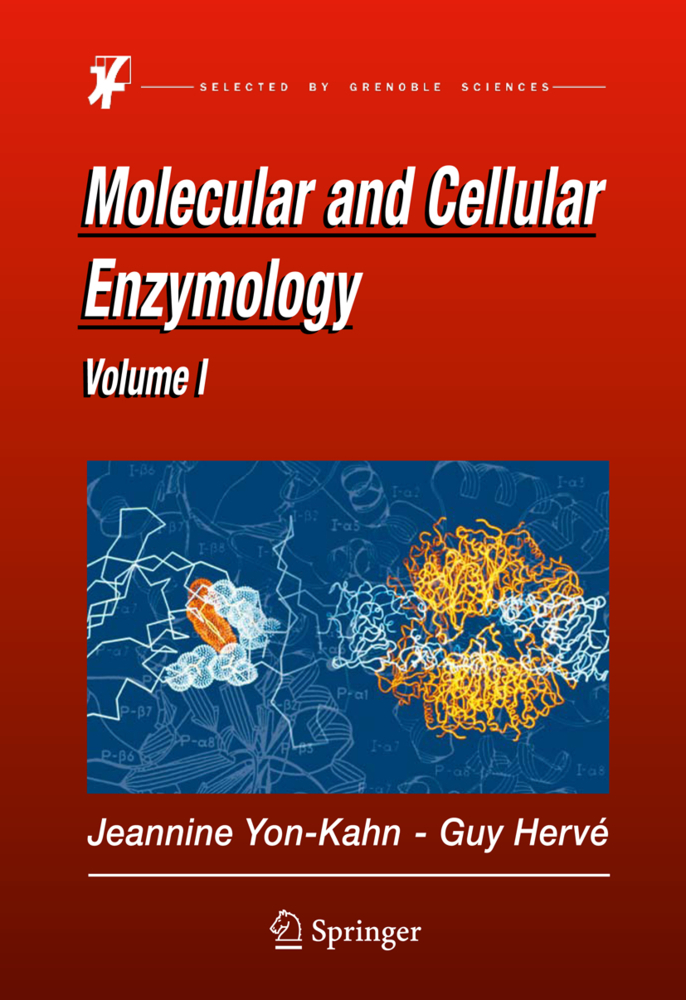The Thermodynamic Machinery of Life presents the relevant foundations of nonequilibrium thermodynamics as applied to biological processes taking place at the subcellular level. The biological cell is considered as a complex open thermodynamic system far from equilibrium that enzymatically controls various biochemical reactions and transport processes across internal and the cytoplasmatic membrane. The enzymatic free energy and signal transduction processes are described in detail. All the biological molecular machines, also pumps and motors are considered to be effective chemo-chemical free energy transducers. Special attention is paid to the role of the mesoscopic internal dynamics of biomolecules in the activity control of enzymes and the action of molecular machines.
1;Preface;7 2;Contents;10 3;1 Biophysics: An Experimental Tool of Biology or the Physics of Animate Matter?;14 4;2 Statistical Description of Matter;19 4.1;2.1 Molecular Structure of Matter;19 4.2;2.2 The Principle of Mechanical Determinism;21 4.3;2.3 Irreversibility of Macroscopic Processes;24 4.4;2.4 Instability of Motion as the Origin of Irreversibility;28 4.5;2.5 Statistical Ensembles.;30 4.6;2.6 Probability and Entropy.;34 4.7;2.7 The Law of Large Numbers.;38 4.8;2.8 The Relativity of Thermodynamic Equilibrium;44 5;3 Thermodynamic State;47 5.1;3.1 Global and Structural Thermodynamic Variables;47 5.2;3.2 The Clausius Entropy;51 5.3;3.3 Temperature and Thermodynamic Forces.;54 5.4;3.4 Energy Transformations: Work, Heat and Dissipation;60 5.5;3.5 Free Energy and Bound Energy;64 5.6;3.6 Open Thermodynamic Systems: Steady State versus Dissipative Structures;69 5.7;3.7 Rate of Nonequilibrium Thermodynamic Processes;74 6;4 Origins and Evolution of Life;77 6.1;4.1 History in Physics;77 6.2;4.2 Initiation;79 6.3;4.3 Origins of the Prokaryotic Cell Machinery;82 6.4;4.4 The Photosynthetic Revolution;88 6.5;4.5 Origins and Structure of the Eukaryotic Cell.;92 6.6;4.6 The Main Metabolic Pathways. Enzymes;97 7;5 Molecular Biology of the Eukaryotic Cell;102 7.1;5.1 The Eukaryotic Cell as a System of Compartments;102 7.2;5.2 Membrane Channels and Pumps;105 7.3;5.3 Substrate, Oxidative, and Photo Phosphorylation;111 7.4;5.4 Cytoskeleton and Cell Motility: Micro.laments;122 7.5;5.5 Cytoskeleton and Cell Motility: Microtubules;131 7.6;5.6 Regulation of Enzyme Activity;134 7.7;5.7 Receptors;138 7.8;5.8 The Cell Cycle;148 8;6 Chemical Reactions;151 8.1;6.1 Single Unimolecular Reactions.;151 8.2;6.2 Transport Across Membranes;158 8.3;6.3 Bimolecular Reactions;162 8.4;6.4 Protolysis Reactions;165 8.5;6.5 Redox Reactions;168 8.6;6.6 Fuel Cells and Photocells.;172 8.7;6.7 Two Successive Reactions.;176 8.8;6.8 Phenomenological Theory of Reaction Rates;179 9;7 Enzymatic Catalysis;182 9.1;7.1 Chemical Mechanisms of Enzymatic Catalysis;182 9.2;7.2 Steady-State Kinetics of Enzymatic Reactions with One Intermediate;186 9.3;7.3 Competitive and Noncompetitive Inhibition;192 9.4;7.4 Two-Substrate Enzyme;195 9.5;7.5 Allosteric Control of Enzymatic Activity;197 9.6;7.6 Oscillations in Enzymatic Reactions;201 10;8 Biological Free Energy Transduction;206 10.1;8.1 Isothermal Machines;206 10.2;8.2 Chemochemical Machines.;210 10.3;8.3 Universality of the Enzymatic Mechanism of Free Energy Transduction;213 10.4;8.4 Molecular Pumps and Motors;218 10.5;8.5 Flux-Force Dependence;221 10.6;8.6 Biological Signal Transduction;228 11;9 Lack of Partial Thermodynamic Equilibrium;234 11.1;9.1 Two Classes of Experiments;234 11.2;9.2 Intramolecular Dynamics of Biomolecules;239 11.3;9.3 Enzyme in a Multitude of Conformational States;245 11.4;9.4 Two Coupled Enzymatic Processes: Case of the Actomyosin Motor;249 11.5;9.5 Flux-Force Dependence for the Actomyosin Motor;258 11.6;9.6 Biological Molecular Machines as Biased Maxwell Demons;268 12;A Thermodynamic Supplement;272 12.1;A.1 Thermodynamics of Ideal Gases;272 12.2;A.2 Legendre Transformations;277 12.3;A.3 Capacities and Susceptibilities.;282 12.4;A.4 Canonical and Generalized Canonical Probability Distributions;285 12.5;A.5 Statistical Interpretation of Thermodynamics;290 13;B Stochastic Processes;294 13.1;B.1 From Liouville's Equation to the Di.usion Equation;294 13.2;B.2 Markov Processes;298 13.3;B.3 Stochastic Theory of Reaction Rates;305 13.4;B.4 Reaction Rate and the First-Passage Time Problem;311 13.5;B.5 One-Dimensional Di.usion in the Presence of a Sink;315 13.6;B.6 Diffusion in a Parabolic Potential;319 14;C Structure of Biomolecules;323 14.1;C.1 Elementary Building Blocks;323 14.2;C.2 Generalized Ester Bonds;327 14.3;C.3 Directionality of Chemical Bonds;331 14.4;C.4 Hydrogen Bond. Amphiphilic Molecules in Water Environments;340 14.5;C.5 Protein Structures;344 14.6;C.6 Nucleic Acid Structures;351 15;D Dynamics of Bi
Kurzynski, Michal
| ISBN | 9783540336549 |
|---|---|
| Artikelnummer | 9783540336549 |
| Medientyp | E-Book - PDF |
| Auflage | 2. Aufl. |
| Copyrightjahr | 2006 |
| Verlag | Springer-Verlag |
| Umfang | 431 Seiten |
| Sprache | Englisch |
| Kopierschutz | Digitales Wasserzeichen |

